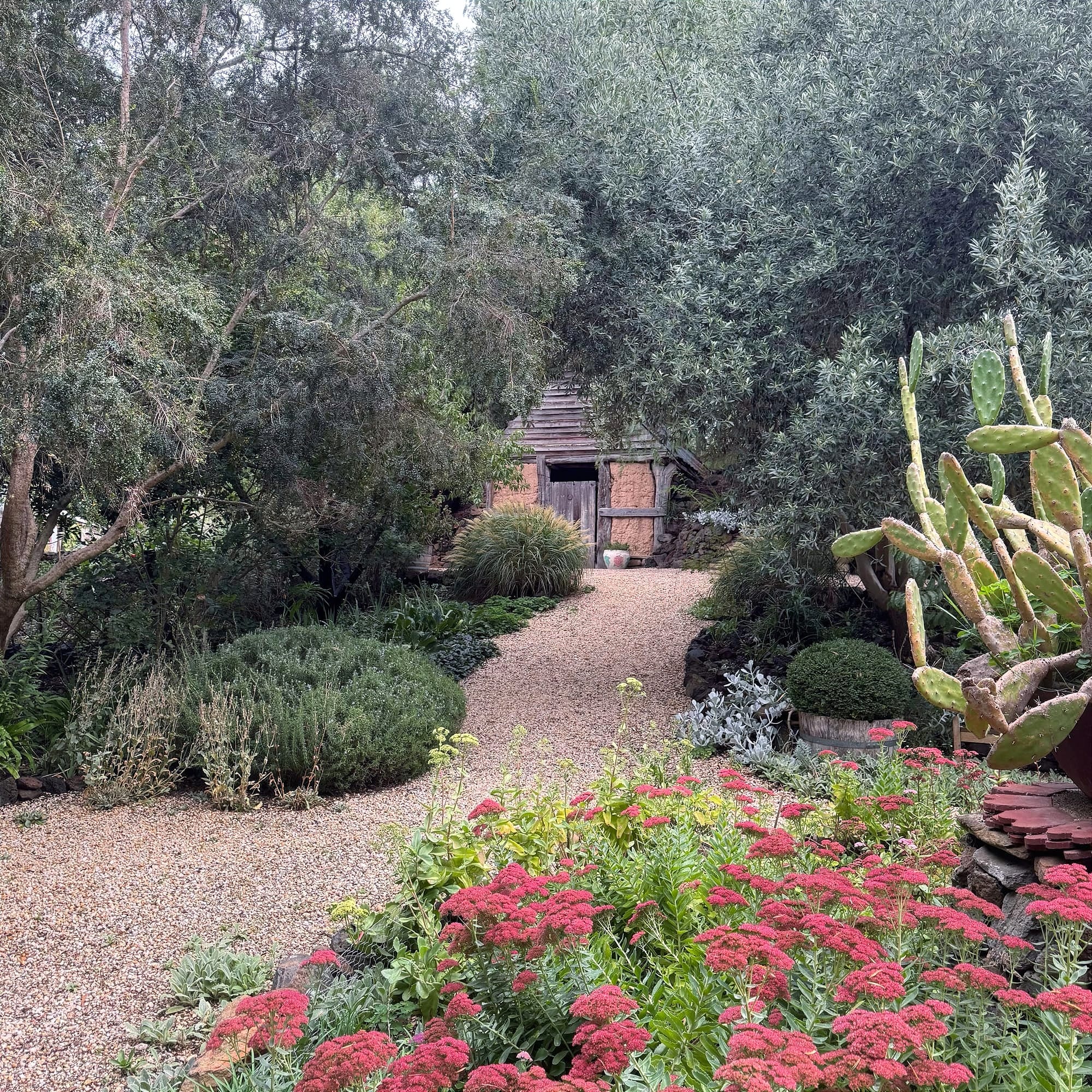
Gardening in a drought-prone place of temperature extremes is not for the faint-hearted, but Jeremy Valentine loves a challenge. Here’s the latest instalment of In the Weeds, his monthly newsletter for Galah.
We had the wonderful folk from the Australian Landscape Conference visit on their regional garden tour the other week. Throughout the day five busloads of visitors descended on our usually tranquil world, most of them garden designers, landscape architects, horticulturists and visionaries.
As delighted as I was anticipating the tour, there was a part of me that worried about their imminent arrival. What if they see what unschooled gardeners we are, hopeless unprofessionals in our novice endeavours? What if they ask the genus of that silvery bush whose name I always forget? (They did. Five times in fact, and I still forgot.) The creeping doubts gathered. The rabbits were multiplying, and it still hadn't rained. "Too late to pull out now," came a rogue thought, "the brochures are already printed."
The day arrived, and for the first time in weeks the sky was a blanket of clouds, which was a dream come true to me. Something about our garden suits a drab day far greater than an endless blue. The grey-greens of the garden sing like a reed in a wistful clarinet, and the light is silky-soft and mellow. The garden was as good as it could be, and it was about to pass judgement.
It got me pondering what a garden means, what in fact it really is. Gardens are far more than a simple collection of plants arranged this way and that – as something on google so defined. There is a far greater depth at play, an emotional side that is hugely powerful, a salve to the senses, a scrapbook of sentimental memories, a magical tonic to the soul.
Our garden here at The Stones is as much a window into our collective mind as it is a response to the landscape and its heady atmosphere. It hints at our taste in things, and our emotional needs – after all, creating a garden is really creating your own personal paradise.
As throngs of people arrived and walked up the sinuous sweep of the driveway to the top gate, it felt that we had laid all of this bare for everyone to see. As if I was completely naked. But despite my earlier jitters, as the visitors explored the garden we were met with smiles of appreciation and words kinder than I could have ever hoped for. It seemed that our vision had been favourably understood, and the garden had spoken more than plants alone.
Gardens come in many forms. I now realise what is so important is that it connects not only with the land and the climate but also with the soul. A garden doesn't have to be perfect, but it does need to be true to itself.
Garden designer and broadcaster Michael McCoy wrote later that he found The Stones to be "one of the humblest, most self-assured gardens I've ever been to, completely at peace with itself". I was (and still am) completely blown away by these words. With this, I understood what the garden is all about. It's about peace.
And as the last bus left for Melbourne, it poured with rain. There I was, soaking wet and at one with the moment. It was well and truly the icing on the cake of a supremely special day.
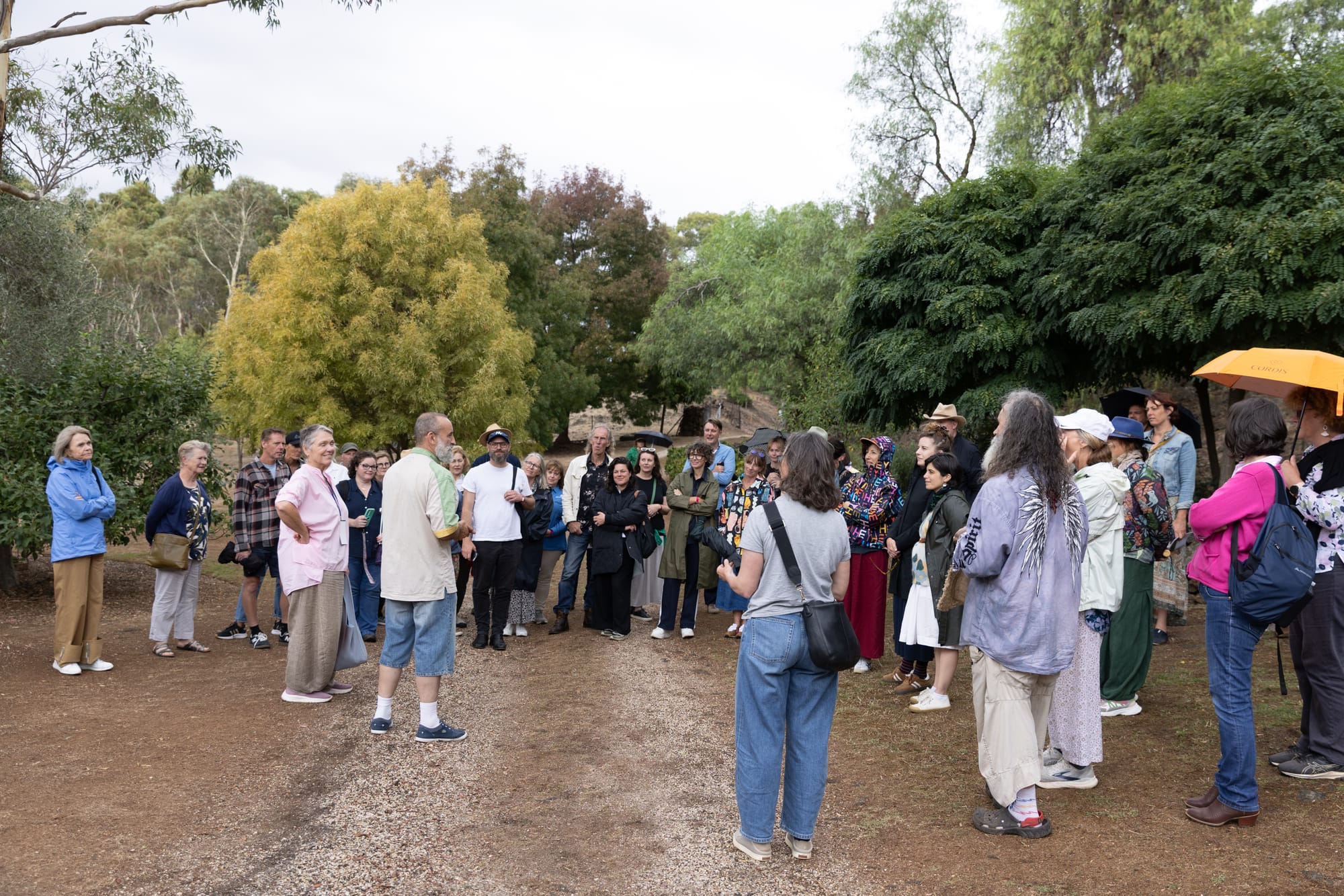
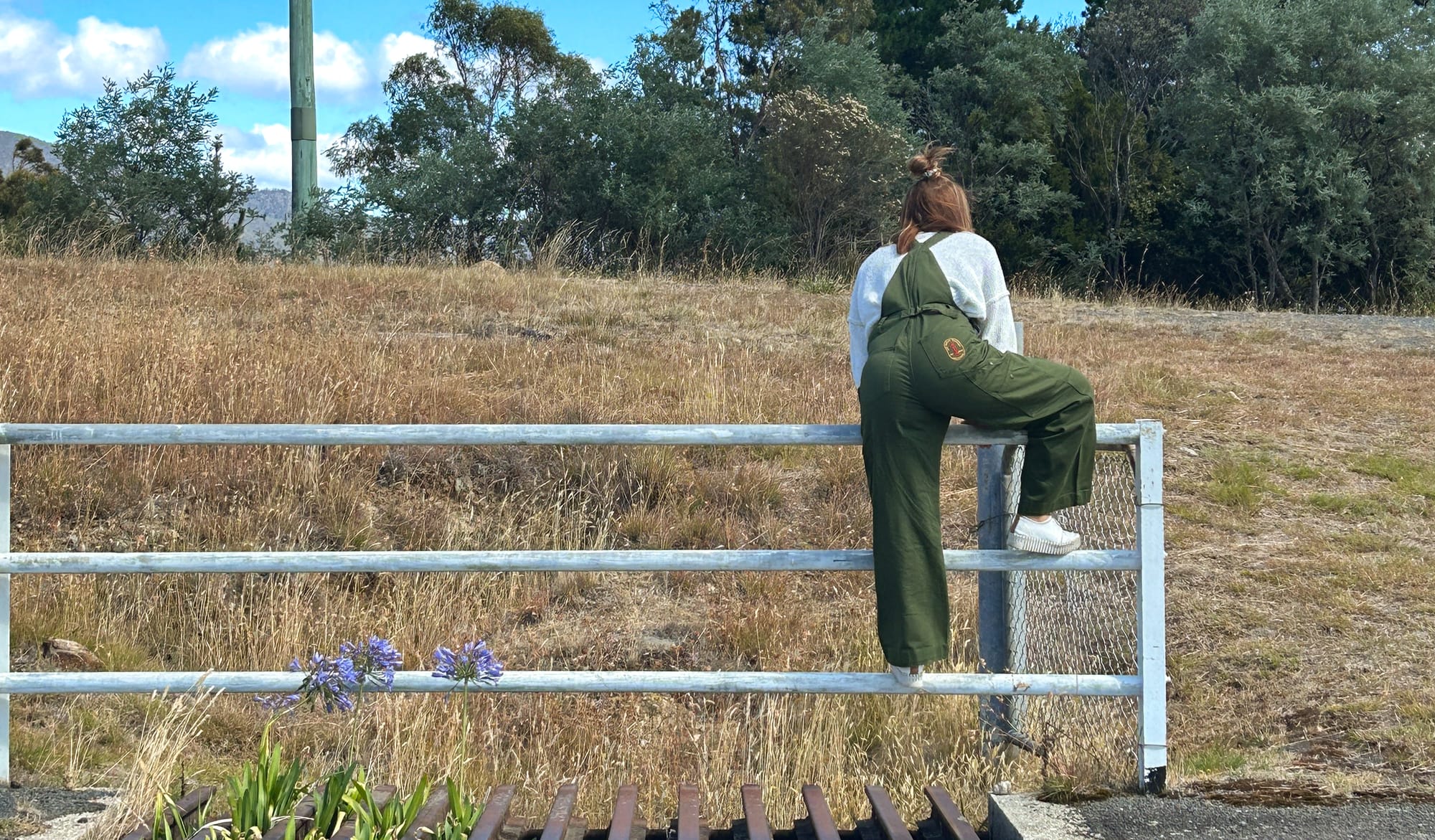
Tougher than your morning rush – SÜK makes workwear that works as hard as you do – durable, functional, and made to move. No fuss, no frills, just damn good gear. Ready to suit up? Shop now.
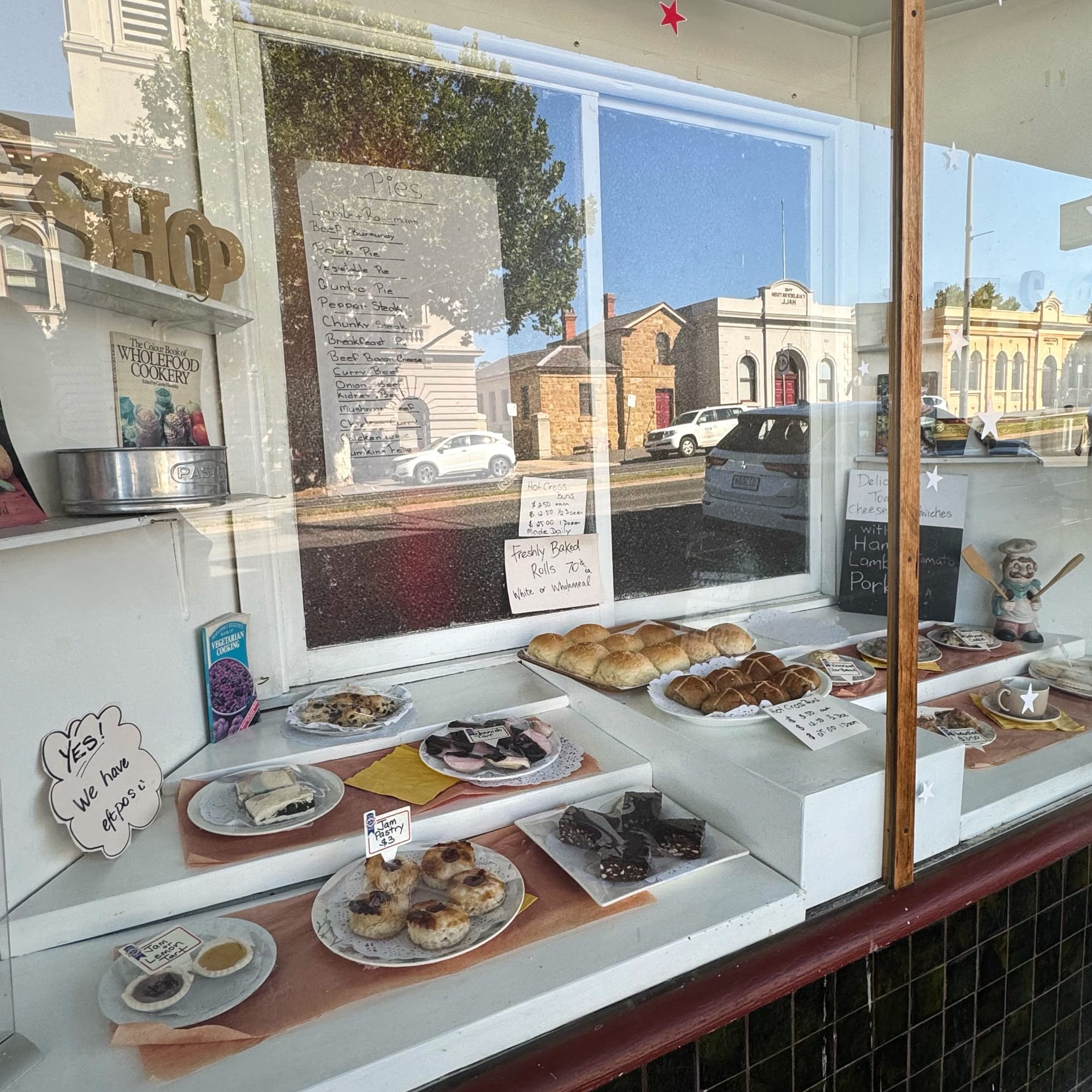
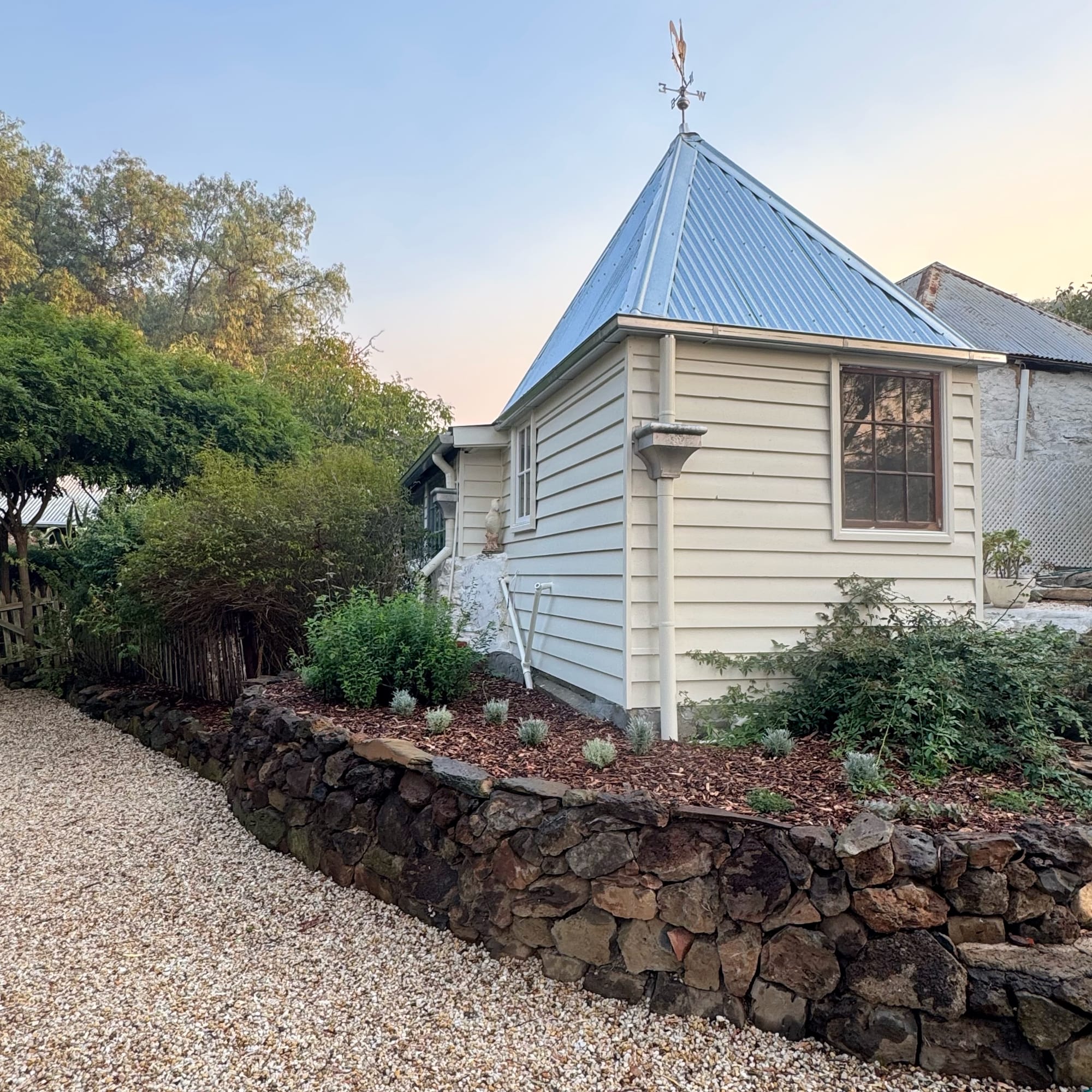
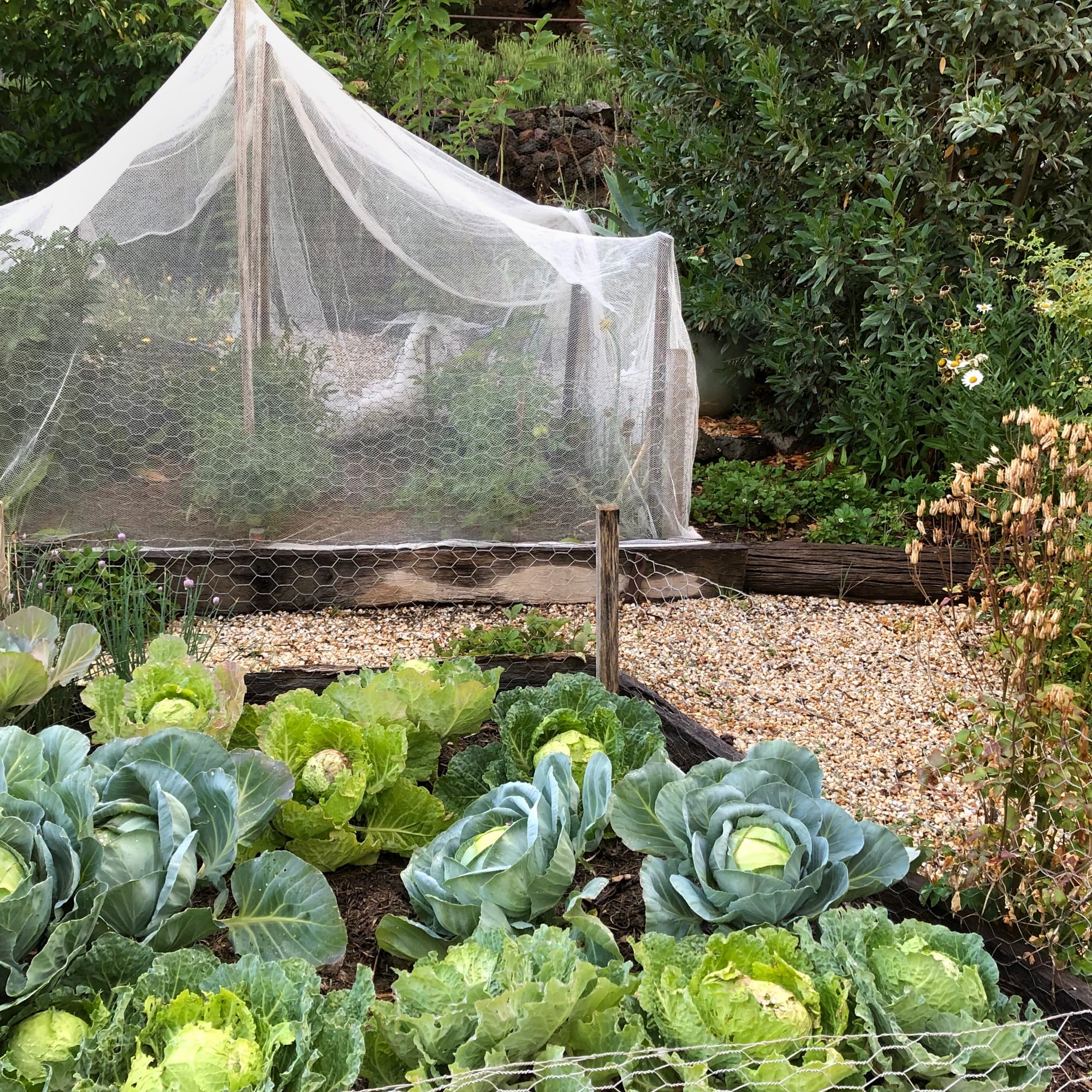
Catch up on Jeremy's previous stories here or find him on Instagram at @thestonescentralvictoria